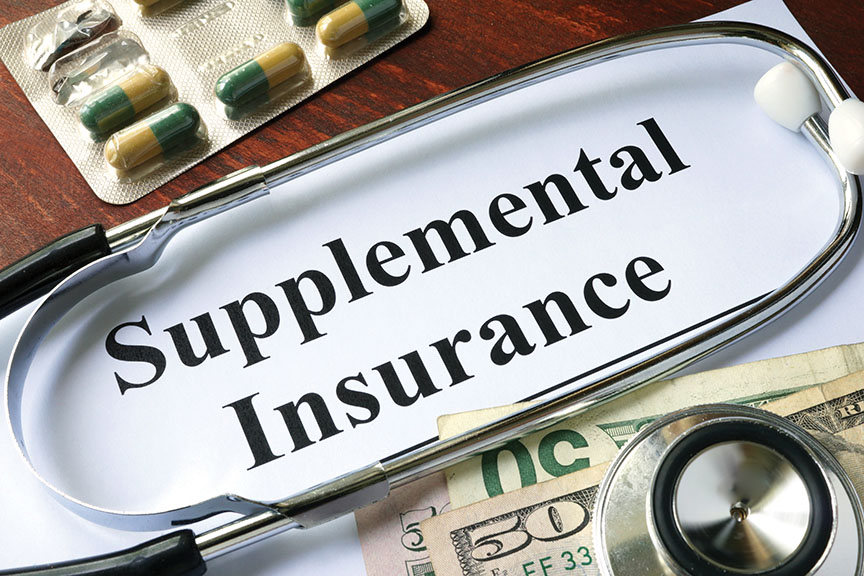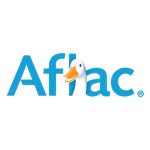
By Wayne Chargualaf and Morgan Legel
Healthcare can be expensive, and people turn to their health insurance to help manage the costs of staying healthy. But what happens when you’re paying for health insurance, but your out of pocket expenses are still significant?
“For most people that pay for medical insurance, the insurance covers 80% of medical costs, that’s the standard,” Jessica Dela Cruz, a licensed insurance agent with Guam Imperial International Inc., says. “What people forget or don’t realize is that 20% can actually still be a huge chunk of money.”
According to Dela Cruz, this is where supplemental insurance comes in.
Supplemental insurance is essentially a small, extra insurance policy that a person can add on to their existing insurance. Often, a general insurance agency like Guam Imperial International Inc. will offer products from a variety of different companies such as Allstate, Aflac or Transamerica. Licensed agents will work with the agency to sell insurance and must attain separate licenses for each company to be qualified to sell their products. Some licensed agents, however, prefer to work as independent sellers who aren’t affiliated with a general agency. Like more conventional types of insurance, most supplemental insurance is offered through an employer to their employees.
Common uses for supplemental insurance are to help pay for hospital stays, long-term care, disability and life insurance. Some supplemental insurance products function for the most part like conventional insurance policies, while others function more like health savings accounts.
The latter form of supplemental insurance is especially useful on Guam, where medical fundraisers such as food plate deliveries, car washes, and events held at bars and restaurants are commonplace, even for people who have health insurance. Although policy holders are paying an additional insurance cost, the value they expect to get for their money is peace of mind. If, for instance, they need to fly to the Philippines and pay for food and lodging while waiting for treatment, the funds they need to cover those expenses will be readily available and their out-of-pocket expenses in the long run will be significantly less.
“A lot of people on this island live paycheck to paycheck,” Dela Cruz says. “It’s a lot easier to pay for a plan out of your paycheck every pay period so that the money is there when you need it, versus finding ways to fundraise or seek help from different people to help you pay for these medical bills.”
The supplemental insurance market on Guam — like most markets — breaks down into different segments based on individual needs. Dela Cruz says she’s found that families with young children tend to go with plans that cover accidents and people whose families have a history of heart disease tend to prefer plans that cover — or make funds available for —hospitalization and off-island travel.
“Because everybody for the most part has a high deductible, they’re looking for plans that cater to their family’s needs,” she says. “When they look into supplemental insurance, they really have to look at their lifestyle and find whatever suits them best.”
The current market on Guam for supplemental insurance is small, not due to lack of need, but due to lack of awareness and education, according to Anna Alegre, an independent insurance seller.
“For the supplemental insurance industry, we’re trying to make everyone aware — especially business owners — of how supplemental insurance can benefit both the employer and the employee.,” she says. “We know from experience that there’s potentially a huge market for it, but people need to be educated. A lot of times we hit this barrier where people say, ‘We can’t afford it.’ If we can get more people educated on the business aspect of it and how we can actually benefit a business and its employees, then I really think there’s an opportunity to grow.”
Types of supplemental insurance available on Guam
 |
Aflac
|
|
 |
Allstate
|
|
 |
Midland National
|
|
 |
Transamerica
|
State of the Industry
 |
“Our industry needs to find ways to attract and train young professionals who will be able to fill the gaps that will be left by an aging workforce and lead our industry into the future. The insurance industry will continue to evolve and incorporate new technologies in order to provide for the changing needs of the people and businesses on Guam. We will need to prepare the next generation of insurance professionals.” Brent Butler |
 |
“The industry is concerned with the medical inflation factors, which are mainly affected by the changes in cost of the services, both on the medical and drug side, and the increased medical utilization. Medical cost trends are still higher than the average general inflation, and they are mainly attributed to the price increases on the medical services and the continued increases on the cost of prescriptions drugs. The utilization of services also continues to increase, and this is mainly attributed to the large numbers of the populations suffering from chronic diseases such as type 2 diabetics, high rates of hypertension and high numbers with cardiovascular disease. The rates of individuals with strokes have increased in our island, and this is attributed to a combination of the diseases stated above and high stress levels. These cost trends translate into higher health insurance premiums to the population, and the challenge for the health plans is to keep cost affordable and sustainable.” Frank J. Campillo |















